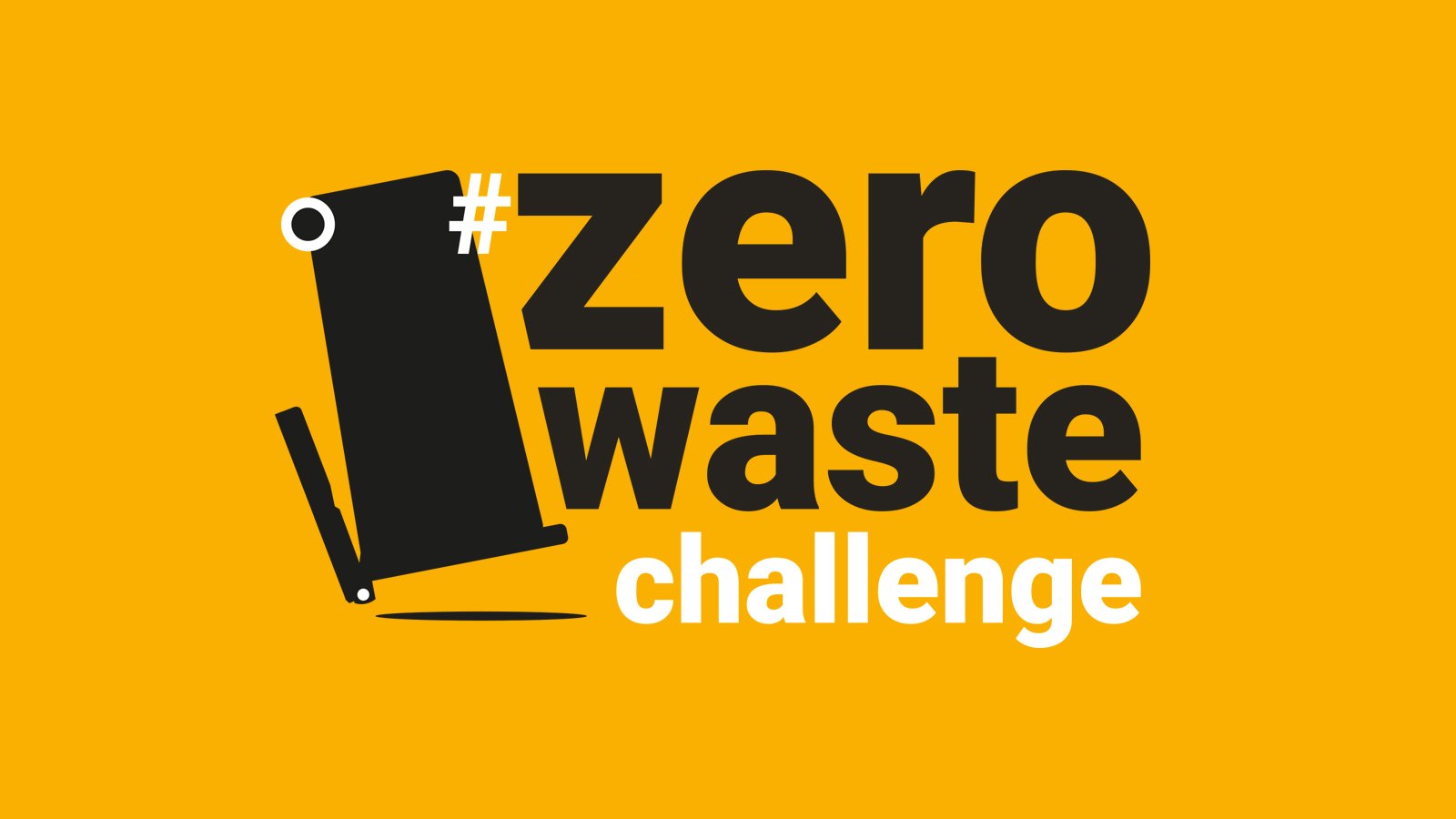Last May, Milgro organized its first zero waste challenge. For a week, we scrutinized our own waste daily and together with our network we looked for solutions to prevent residual streams and reuse them where necessary. In the waste market we hear the term 'zero waste' more and more often, but opinions seem to be divided about its meaning. After all, is separating and recycling waste enough or is zero waste actually about preventing waste processing? In other words, what is the correct definition of zero waste? And where do you start as a company on the road to zero waste?
Increase of waste
Zero waste is a response to the great increase in waste over the past hundred years. For centuries, humans naturally lived largely waste-free: broken materials were repaired, food scraps fed to animals, and clothes and objects passed on to the next generation. Since the advent of mass production (ánd consumption) of goods, and in the 1950s plastic in particular, however, we have seen our garbage cans continue to bulge. Today in the Netherlands we throw away 461 kilos of household waste per person annually, about 4 times as much as in 1950. The ecological impact of this is enormous and the need to reduce waste is great.
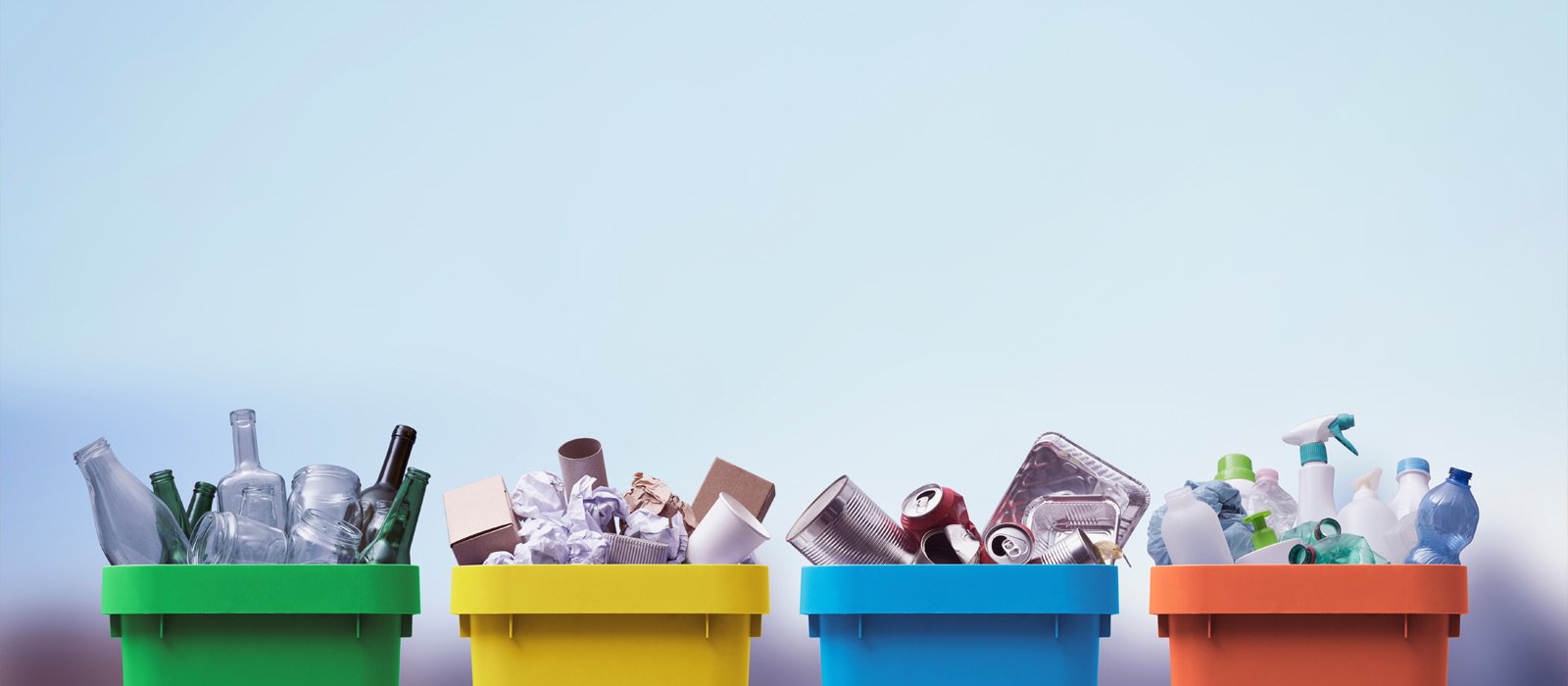
History of zero waste
This is also the message of the zero waste movement, which emerged at the turn of the century. After several programs under titles such as Total Recycling and No Waste, the Zero Waste Conference took place in Kataia, New Zealand, in 2000. Since then, the term zero waste, which had once been used in the 1970s by an American chemist for recycling chemical waste, has been used to describe ambitions for minimizing waste. Two years later after the conference, a group of activists and scientists united in the Zero Waste International Alliance (ZWIA) to make the term workable internationally. They formulated the first internationally accepted definition of zero waste and it has read as follows since 2009: "Zero waste is designing and managing products and processes to minimize the volume and toxicity of waste and materials, and returning all waste to nature or industry through composting, recycling or reuse."
Different interpretations of zero waste
This definition shows well that zero waste is a concept, which includes several activities and processes. It involves both waste prevention, reuse, recycling and composting. However, this also makes it a concept with many different interpretations. Around the world, governments, cities, companies and individuals are implementing zero waste strategies, but not everyone agrees on the meaning of "zero waste. For example, we see that waste processors have a major influence on the public idea that zero waste is primarily about waste separation and recycling. In 2020, the Netherlands' largest waste processor launched its own, but independently inspected, Zero Waste Certification. This certification assesses companies based on a points system focused on separating waste streams and offering them for recycling.
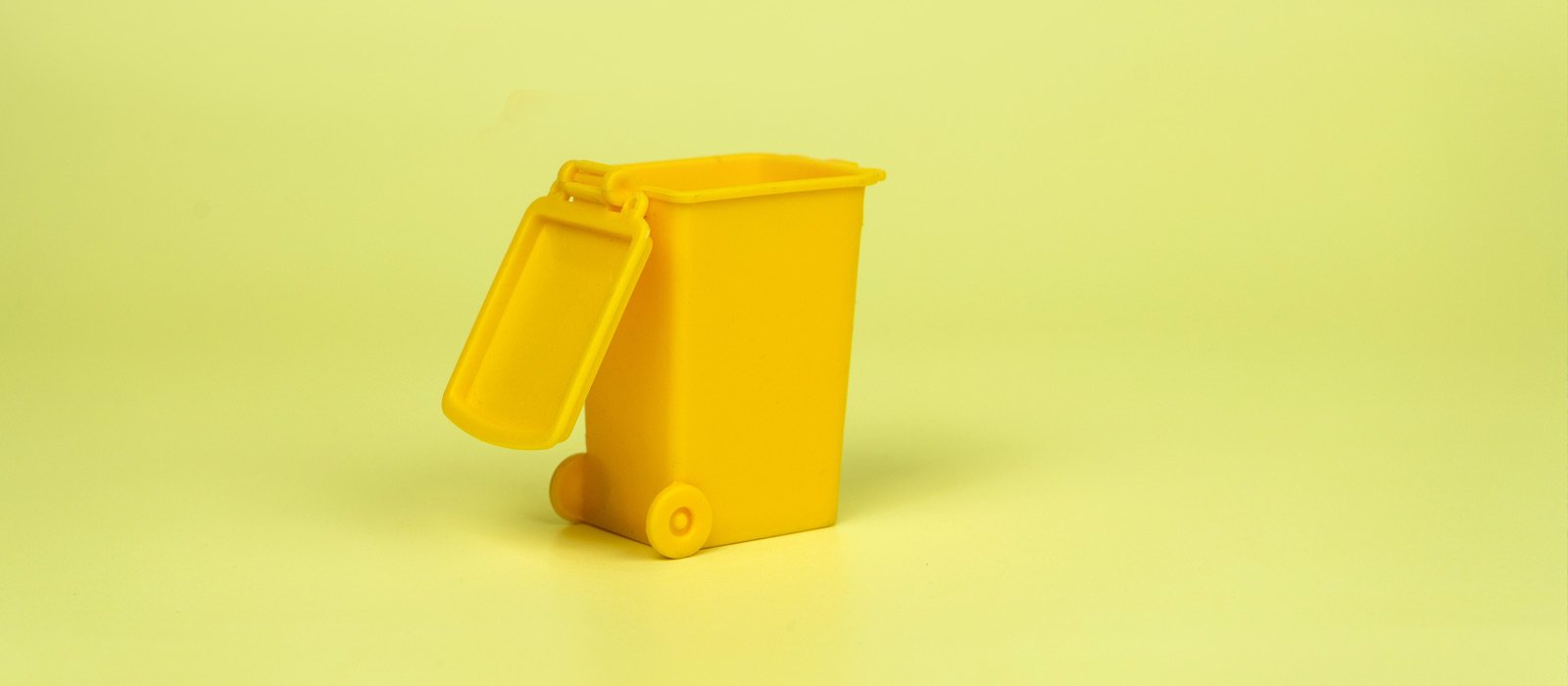
However, this idea of zero waste is at odds with the philosophy of a zero waste influencer such as Elisah Pals of Zero Waste Nederland, who in her personal life is actually looking for solutions to actually prevent all waste - even waste that is recyclable. Major bodies such as the World Economic Forum and also the Zero Waste International Alliance (ZWIA) emphasize in their definition that while recycling is part of a zero waste approach, it is not the most desirable solution. Zero waste, they say, is first and foremost about preventing waste; if that fails, reuse, composting and recycling are ways to prevent waste discharge to land, water or air.
Prevention is better than the cure
ZWIA's Zero Waste Hierarchy, which puts the various forms of waste management in an order of preference, illustrates this principle well. In the waste hierarchy, prevention (rethink and reduce) is at the top, followed by reuse, recycling/composting, material recovery, residual materials management and unacceptable waste incineration at the bottom. The model shows that preventing and reducing waste is paramount and encourages a structural change in the way we produce and consume. If prevention does not succeed; then reuse, recycling and composting are ways to keep resources in the material chain.
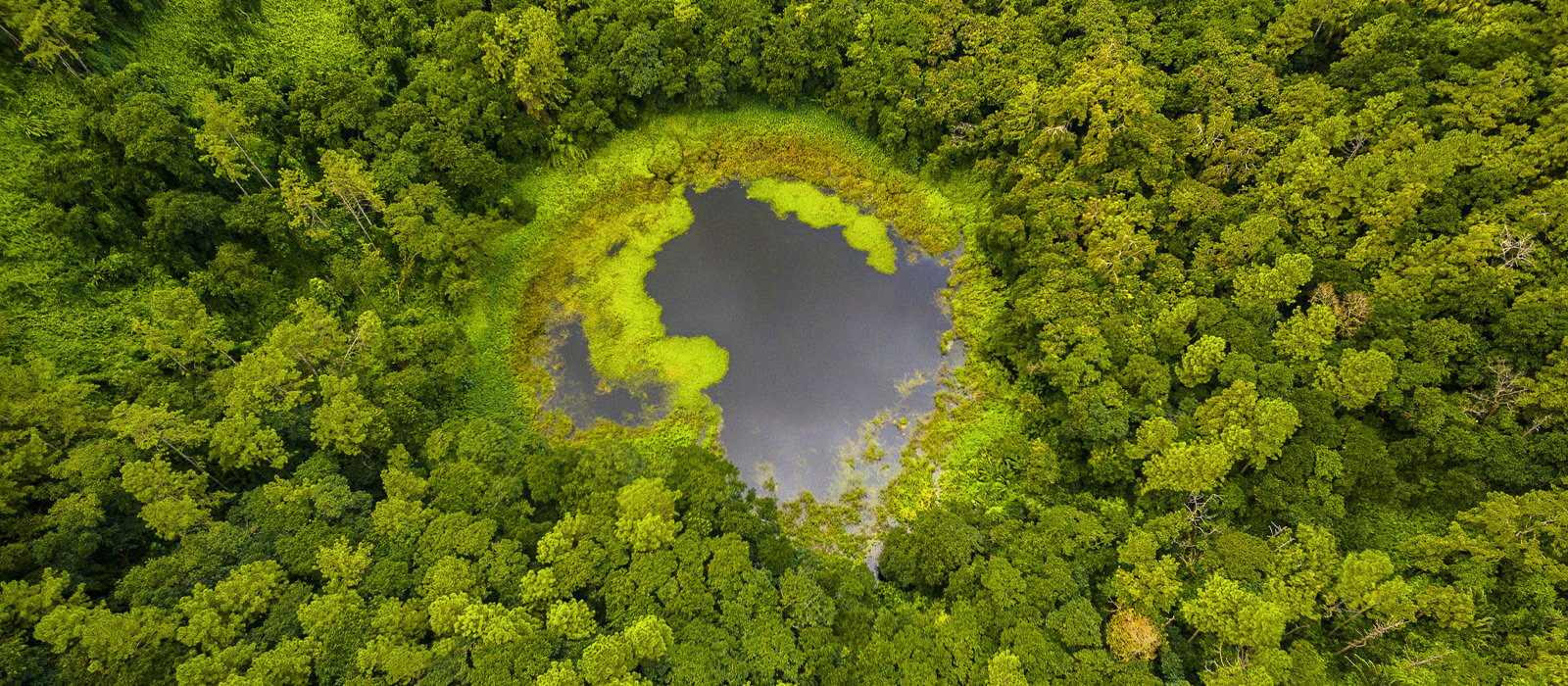
Why zero waste is more than recycling
So while there is a focus in the public domain on minimizing residual waste through sustainable waste management, zero waste goes a step - or a few steps - further. Achieving zero residual waste by properly separating all your streams and submitting them to waste processors for recycling is a nice milestone, but if you really want to minimize waste, you have to constantly keep looking for better solutions - and perhaps return to the pre-1950s principles mentioned earlier.
Recycling is not the holy grail, and there are several reasons for that. First, recycling requires energy to make a new product which is often lower value. For example, old paper loses value with every round of recycling: packaging paper can only be made into toilet paper. In addition, we still lose many raw materials in the recycling process due to contamination in the stream or because fibers have become too short to be used again. So recyclers also generate a waste stream, many of which still end up in the incinerator. This can all be avoided by not wasting resources, or reuse.
Truly on track to zero waste!
At Milgro, we deal with waste on a daily basis. How do we view this definition? Our vision is: waste is a choice. Milgro focuses on reducing waste of raw materials. And is committed to letting raw materials retain their value as long as possible. We see zero waste as a constant pursuit of improvement. And about making conscious, smart and well-informed choices that minimize waste of raw materials. As a company, that means reducing waste of raw materials and preventing and reducing unnecessary waste. Moreover, as far as we are concerned, zero waste is also about waste that you create elsewhere in the chain. Think, for example, of the packaging of your product that is released as waste by the end user. With creative solutions and collaborations in the chain, a waste-free solution can be found, preserving raw materials. So for impactful change, it is necessary to sit around the table with chain partners and look for alternatives. This is how we get one step closer and closer to zero waste.
Our vision is: waste is a choice. Milgro focuses on reducing waste of raw materials. And is committed to letting raw materials retain their value as long as possible
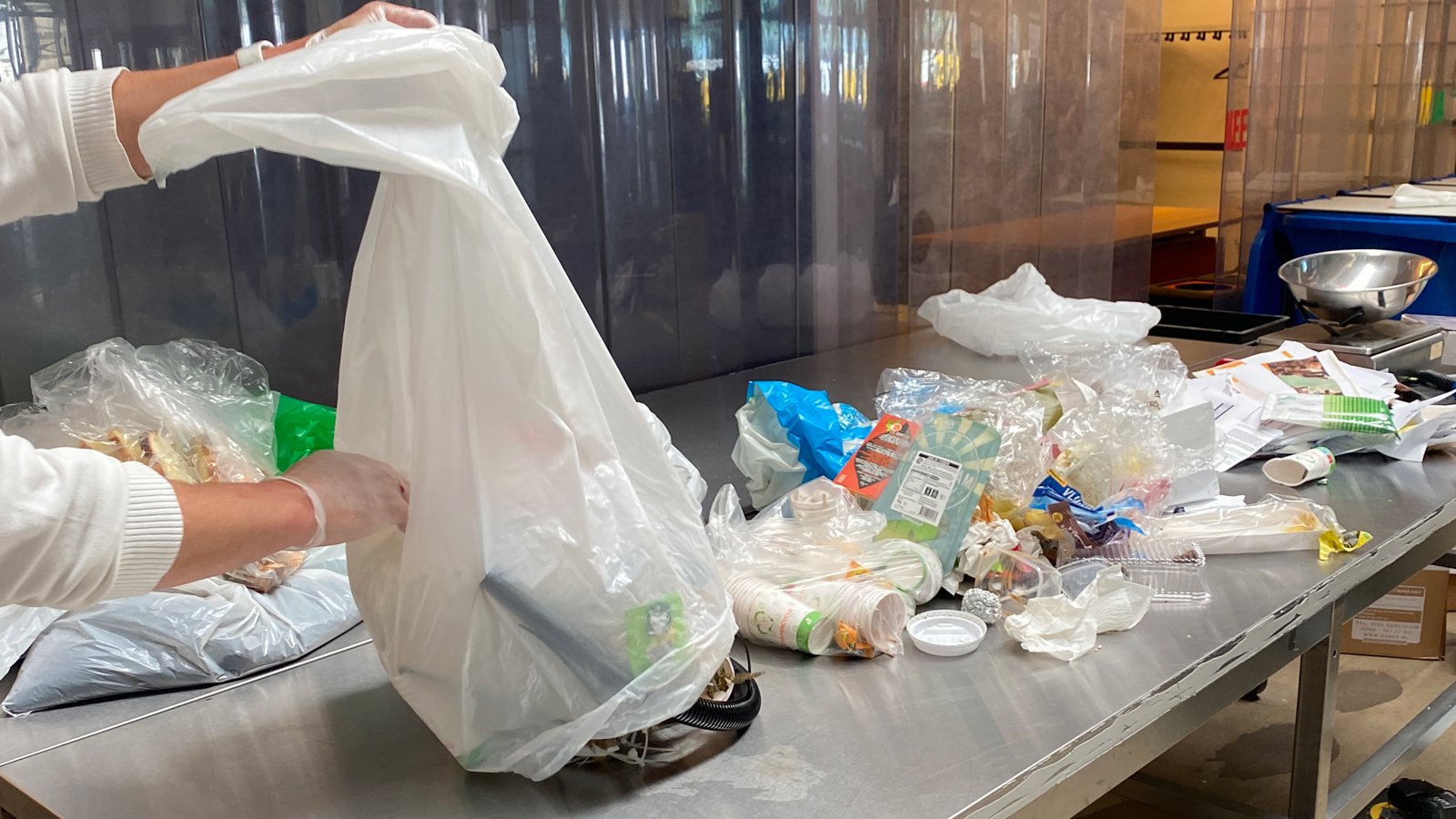
Join the #ZeroWasteChallenge
Do you also want to work towards a waste-free world and ask yourself: where do I start? Then organize your own #ZeroWasteChallenge and experience in an accessible way what a zero waste ambition does to the organization. Striving for zero waste is challenging and difficult, but we ourselves have noticed that it is also inspiring and binding to look for new solutions together with colleagues and partners. From growing oyster mushrooms on coffee grounds to consciously choosing packaging-free products: there are plenty of improvements to think of. Download our starter kit for free now and take the first step towards a waste-free future today. Need more help? Milgro is happy to assist you with a zerowaste workshop.
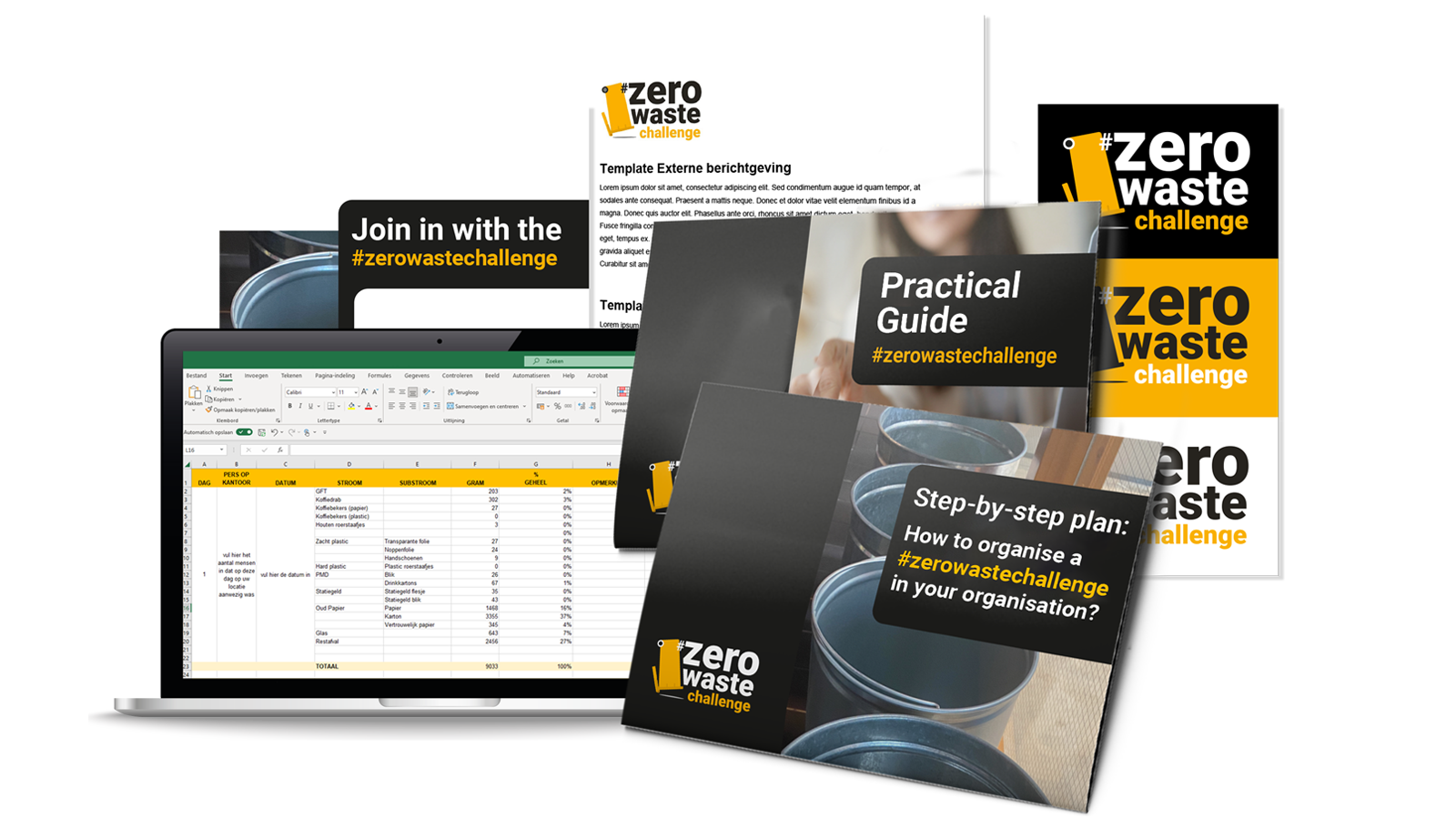
Download the starter pack now
Interested in taking on the #ZeroWasteChallenge? We have exactly what you need. Check out our starter pack full of tools. You'll find a comprehensive step-by-step plan, a practical guide, a measurement template and handy communication tools. So what are you waiting for?
Stay informed
Stay up to date on all new developments? Follow us on LinkedIn or Instagram. Or subscribe to the newsletter. Are you curious about what Milgro can do for your operations and waste process? Contact us.










